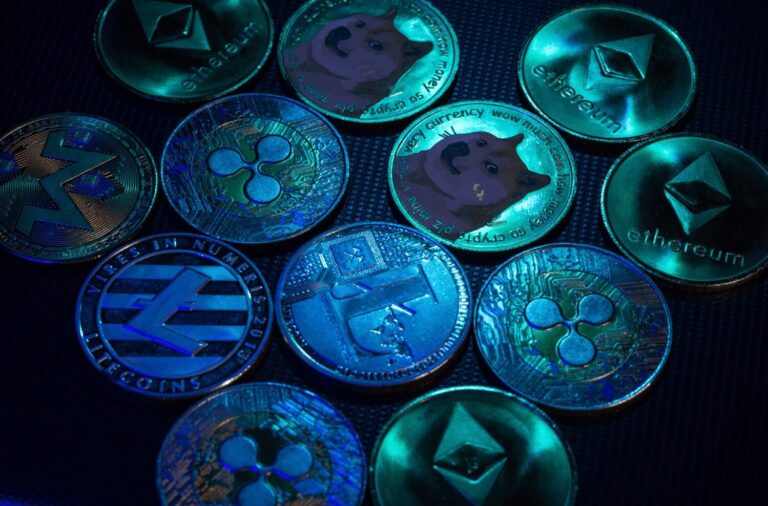
Despite its speed and low fees, Solana may trail Ethereum in price performance for the next few years, according to a new analysis by global banking giant Standard Chartered. The bank’s head of digital assets, Geoffrey Kendrick, suggests that while Solana’s technical infrastructure gives it an edge in certain use cases, it still lacks the broader real-world adoption needed to challenge Ethereum’s dominance.
In a detailed market note issued on May 28, Kendrick highlighted Solana’s potential but emphasized that Ethereum remains the stronger bet in the near to mid-term. He projects that Solana could reach $275 by the end of 2025—just shy of its all-time high of around $293 set in January. By contrast, Ethereum is expected to hit $4,000 this year and climb to $7,500 by 2029. Kendrick anticipates that SOL might rise to $500 by 2029, but its trajectory will likely be slower and more uncertain.
Part of the challenge, he explained, is that Solana’s network still faces some scaling limitations that hinder its ability to serve broader, more complex applications. Currently, the majority of Solana’s traffic revolves around meme coin trading—a fast-paced, high-volume environment well-suited to the network’s strengths, such as ultra-fast transactions and minimal fees.
“Solana excels in areas where speed and low cost are critical,” Kendrick wrote, pointing to its dominance in meme coin ecosystems and lightweight decentralized applications. However, he added that “genuine growth will only come when the network finds deeper traction in sectors like high-throughput financial applications or mainstream consumer services like social media.”
Ethereum, meanwhile, appears to be capitalizing on its recent technical upgrades. The network’s latest update, known as Pectra, improved both security and operational efficiency while allowing for greater flexibility in token staking—changes that have fueled a significant rally. ETH is now up nearly 50% over the past 30 days, trading around $2,700, while Solana has risen a more modest 19%, currently priced near $180, according to CoinGecko data.
Kendrick also shared insights into the comparative valuation of the two blockchains. He noted that Solana is currently trading “cheap” relative to its on-chain economic output—or what he described as its “application GDP.” While this might seem like a buying opportunity on paper, he cautioned that declining activity from meme coin trading and a lack of diversified usage could weigh heavily on Solana’s valuation in the near future.
“The problem,” Kendrick wrote, “is that meme coin activity appears to be past its peak on Solana. When usage dips and the asset is already trading at a discount, it’s not a healthy combination.”
Nonetheless, there’s still reason for long-term optimism. Kendrick believes that as the decentralized finance ecosystem evolves, Solana could find its niche in financial tools and high-speed applications. If those sectors take off and Solana can scale accordingly, it may eventually rival Ethereum more closely.
For now, however, the message is clear: Ethereum is ahead in the race—not just in market cap or price but in real-world integration and ecosystem development. Solana’s task is to look beyond meme coin mania and prove that its technical prowess can serve larger, more sustainable use cases. Only then, according to Standard Chartered, will it close the gap.


